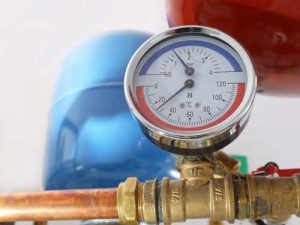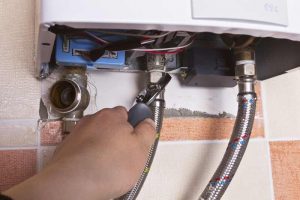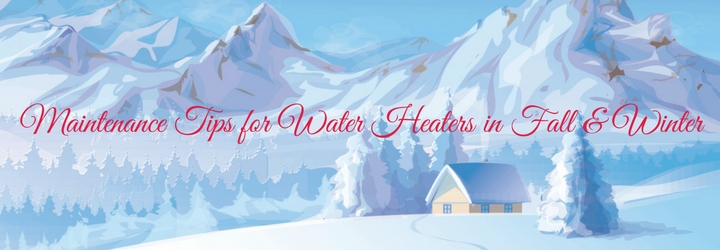Fall is officially here and winter is right around the corner. Before the frost settles in, it’s essential to take the time to prepare your home’s plumbing for the added strain that colder temperatures can put on your system.
One of the most critical areas to check is your water heater because, without adequate care and maintenance, you may have no access to hot water when you need it.
Have you ever performed maintenance on your water heater? If not, keep reading to learn how:
Flush the Tank
Before you flush your tank, please turn off the gas or electric power supply to the tank; then, turn on a hot water faucet in your home and allow it to run for several minutes (about ten should).

Once you’ve run your faucet for a few minutes, please turn it off and shut off the cold water valve, which can be found on top of your tank. Then, attach a garden hose and empty the rest of the tank into a nearby floor drain.
Insulate Your Tank and Pipes
If you’re expecting a particularly harsh winter or a cold spell, insulating your tank and pipes may help keep your energy costs low and prevent damage to your system, which will have to overwork to heat your water to its average temperature. We recommend buying pre-cut jackets available at your local hardware store.
Make a Temperature Adjustment

Don’t go too overboard: a simple adjustment of 5 to 10 degrees will be more than enough to keep you comfortable all winter long.
Check Your Pressure Relief Valve
It’s easy for rust and corrosion to build up around your pressure relief valve and cause it to stop malfunctioning, which can have severe consequences for your water heater.

When you lift it, hot water should flow out of the end of your drainpipe, signaling that everything is in perfect working order.
Inspect Your Anode Rod
Water heaters are equipped with anode rods, which attract corrosive elements in your water supply, such as minerals and calcium. If your anode rod is worn out and not functioning correctly, your water tank may be susceptible to issues and clogs from corrosion, so it’s essential to inspect it regularly.
Get reliable plumbing service to keep you warm all winter long by calling 408-215-4612 to reach the experts at Genmor Plumbing, Inc in San Jose, CA.



